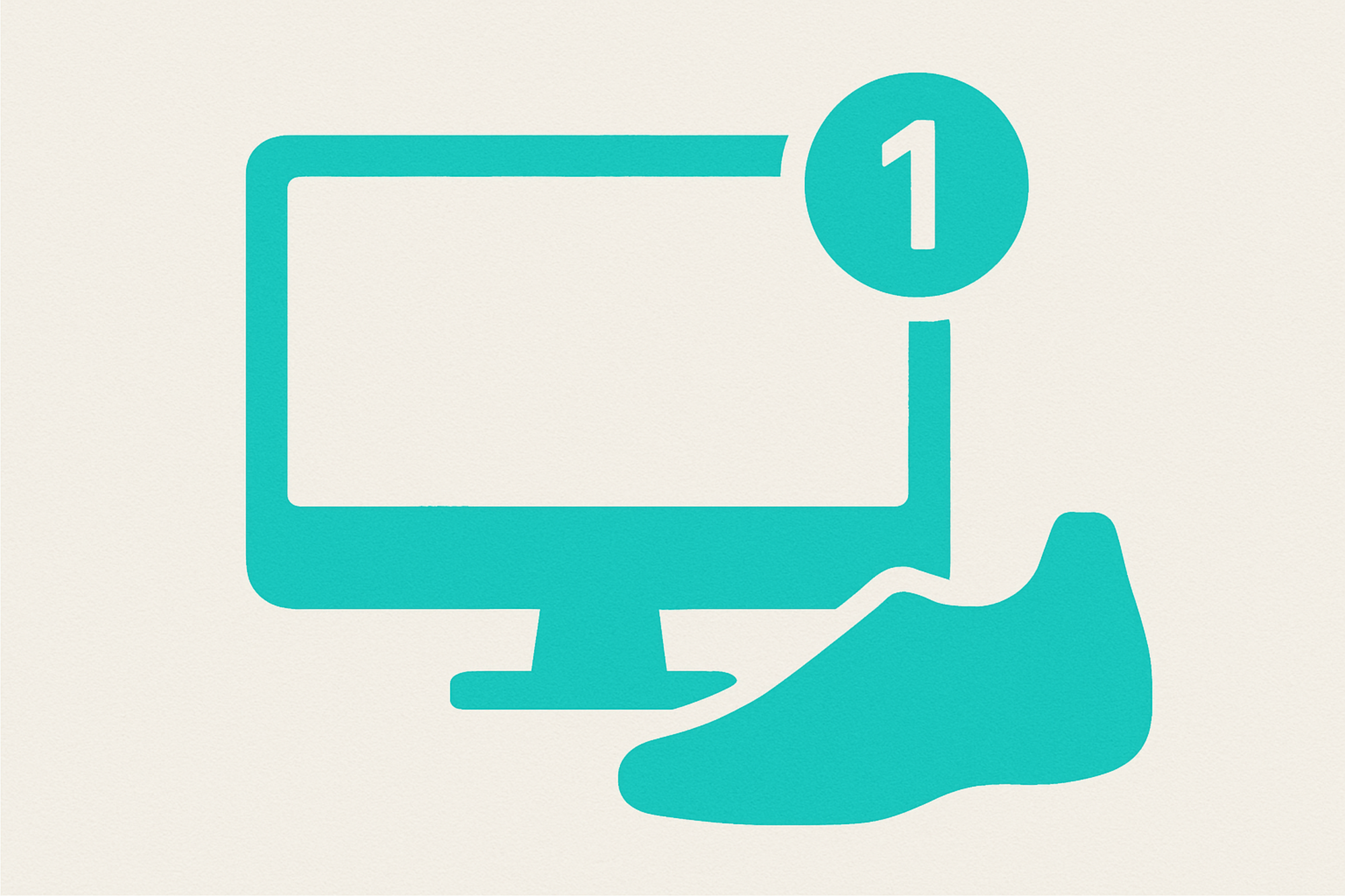Quiet Upgrades, Bold Moves: AI, Pixels, and the New Shape of Everyday Tech

The latest round of tech news is less about seismic shifts and more about evolutionary refinement—where AI becomes a little more convenient, consoles edge closer to full PC compatibility, and even sneakers get a firmware update (sort of). Beneath the familiar churn, we find the unmistakable thread of tech’s undying urge to, if not reinvent the wheel, at least embed a vibration motor or LED strip somewhere in the rim. Let’s look at a week where novelty and pragmatism found common ground, and where risk-taking still sometimes spooks investors more than it excites them.
Pixel’s Personality Parade: AI that Actually Listens
Google’s latest Pixel Drop—now a quarterly event—brings a refreshing batch of upgrades to its already feature-rich phone line. The focus? Reducing the cognitive load of modern life via smarter notifications and on-the-fly AI photo remixing. Both TechCrunch and CNET agree: Gemini Nano, Google’s lightweight on-device AI, now enables notification summaries that make even the busiest group chat less of an existential threat to your focus.
Equally notable is Pixel’s overhaul of its scam protection—expanding call and message scam detection to more countries and making sure your device is a little more aware (and a little less naive) than the average user. Remixing photos in Messages, meanwhile, pushes playful creativity front and center, offering an easy route for meme-makers who never wanted to bother with Photoshop. It’s clear Google is betting on convenience, context, and, yes, a little bit of whimsy—helped along by new Wicked-themed visual packs that admit, if you can’t make security sexy, you can at least make it sparkly green.
Sony’s Monitor: Console Meets PC (With a Handy Hook)
While PlayStation’s gaming hardware often obsesses over speed, power, and spectacle, this week’s announcement was oddly... practical. Both CNET and Engadget cover Sony’s shiny new 27-inch, 240Hz QHD PlayStation monitor, which is as happy astride a PS5 as it is a high-end PC. The clever inclusion? A built-in hook under the monitor, designed for charging your DualSense controller—a surprisingly thoughtful gesture in an age where most premium gear forgets human limbs have a limited wingspan.
Sony seems eager to reduce the border between console and PC gaming, with HDMI 2.1 and DisplayPort support alongside high refresh rates. As usual, there’s no price yet, but the implied message is that PC and console gamers are increasingly the same audience, and that little conveniences—like a hanging, charging controller—might sway brand loyalty more than yet another genre-exclusive sequel.
SoftBank’s Table Flip: Nvidia Out, AI All-In
The market was notably less serene, as SoftBank’s Masayoshi Son pulled off his best impression of a poker player cashing in his chips for a fresh seat at a bigger table. TechCrunch details Son’s $5.8 billion liquidation of SoftBank’s Nvidia holdings—not because Son doubts Nvidia, but because he wants capital free to pivot hard toward AI investments (reportedly including ambitious bets on OpenAI and massive AI infrastructure in Arizona).
The move spooked Wall Street, driving Nvidia down briefly and raising lingering doubts: Does Son know something we don’t, or is this merely another chapter in a history of wild, whiplash-inducing bets? For developers and engineers, the real lesson isn’t in Son’s market timing. Instead, it’s in the speed at which yesterday’s must-own tech can become tomorrow’s funding pool for the next big thing.
Nike x Hyperice: Recovery Meets Gadgetry
If the mixtape of this week’s news had a B-side, it’d be the Nike x Hyperice Hyperboot—a pair of $900 (well, $700 on sale) recovery boots that double as wearable leg massagers. Wired gives the rundown, highlighting how air compression and heat therapy are becoming as essential to athletic recovery as the shoes themselves. Battery life and portability mean you can squeeze some lactic acid out of your calves on the drive home from snowboarding, and it’s telling that the main critique is a faint airplane-like hum—proof, perhaps, that quiet efficiency remains the rarest feature of all in consumer tech.
This comes as a reminder: when consumer gadgetry is this intertwined with our bodies and routines, the upgrades are no longer just about looks or speed. In these products, tech is inseparable from lifestyle—and pricing, while high, finds justification in convenience, integration, and that familiar feeling of owning a slice of what was once science fiction.
Subtle Drama: AI’s Quiet Takeover
Threaded through all these stories is the realization that “AI infusion” is less about headline-grabbing breakthroughs and more about daily improvements: better notifications, more context-aware suggestions, scam warnings, smarter wearables, and peripheral gadgets that anticipate needs you didn’t know you had. For all the breathless talk of paradigm shifts, most users care about tech that feels less like disruption and more like a thoughtful assistant—or, at minimum, something that reminds them to charge their controller or stretch their calves.
References
- Sony Unveils 27-Inch, 240Hz PlayStation Monitor That Charges Your PS5 Controller - CNET
- Sony made an official 240Hz PlayStation monitor with a built-in DualSense charging hook - Engadget
- SoftBank's Nvidia sale rattles market, raises questions | TechCrunch
- Google Pixel update adds battery-saving maps mode, AI photo remixing, and smarter notifications | TechCrunch
- Google's November Pixel Drop Adds Photo Remixing in Messages, Scam Protection and 'Wicked' Themes - CNET
- The Nike x Hyperice Hyperboot Is $200 Off | WIRED
